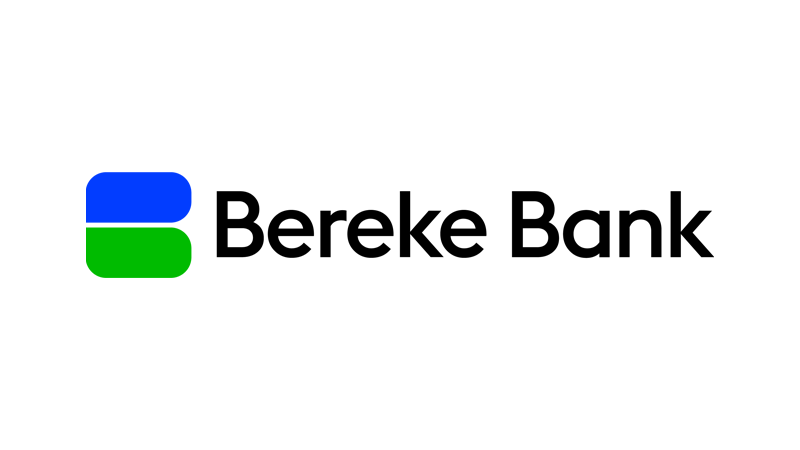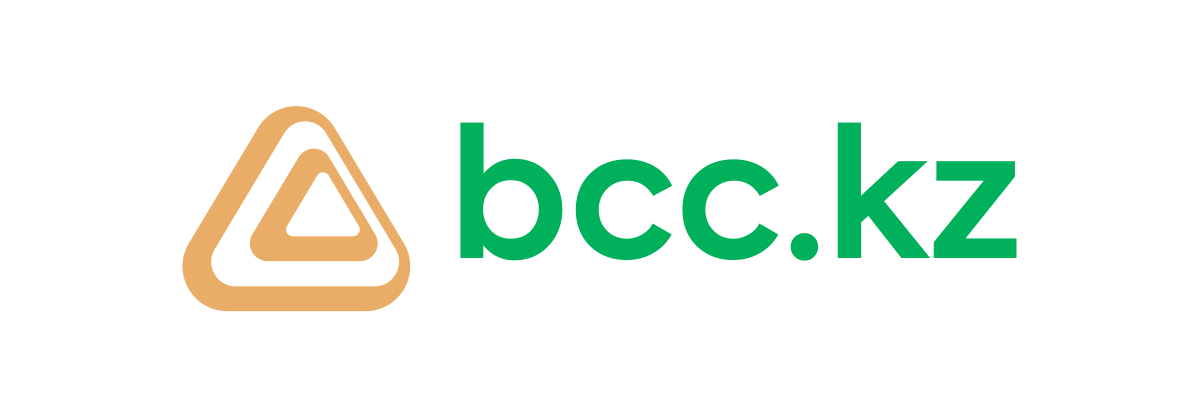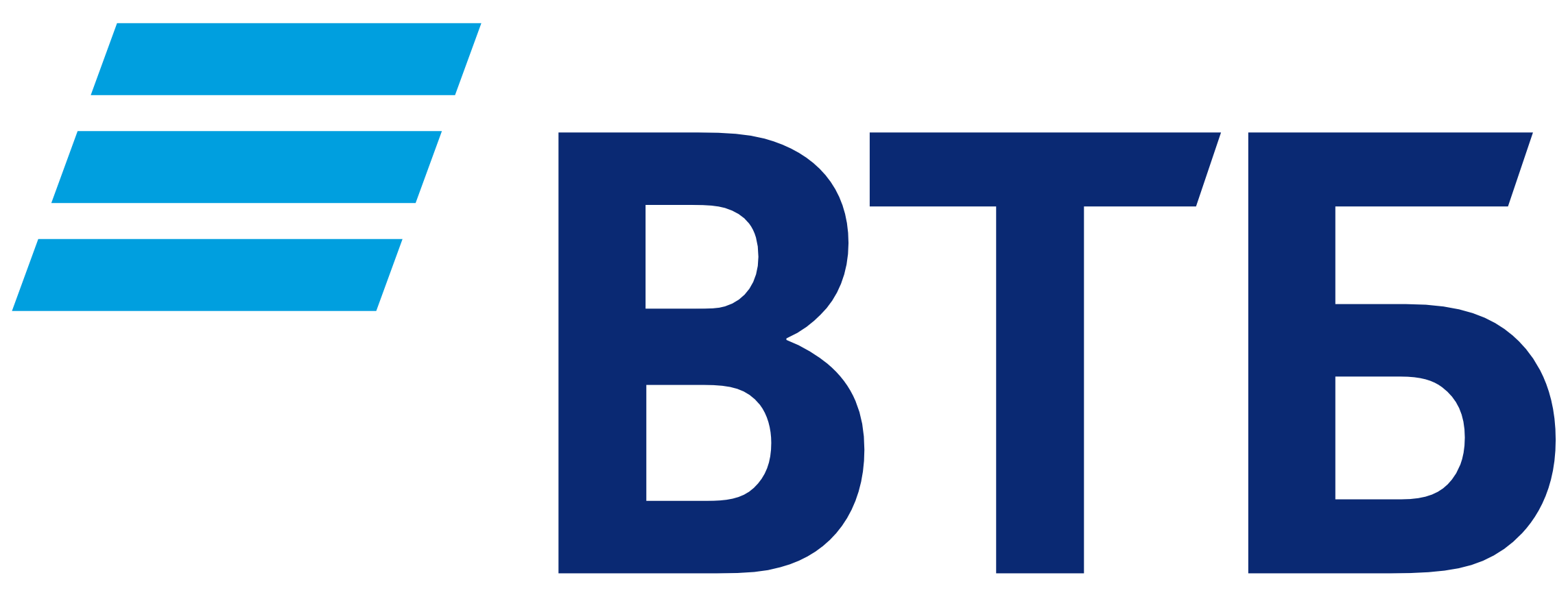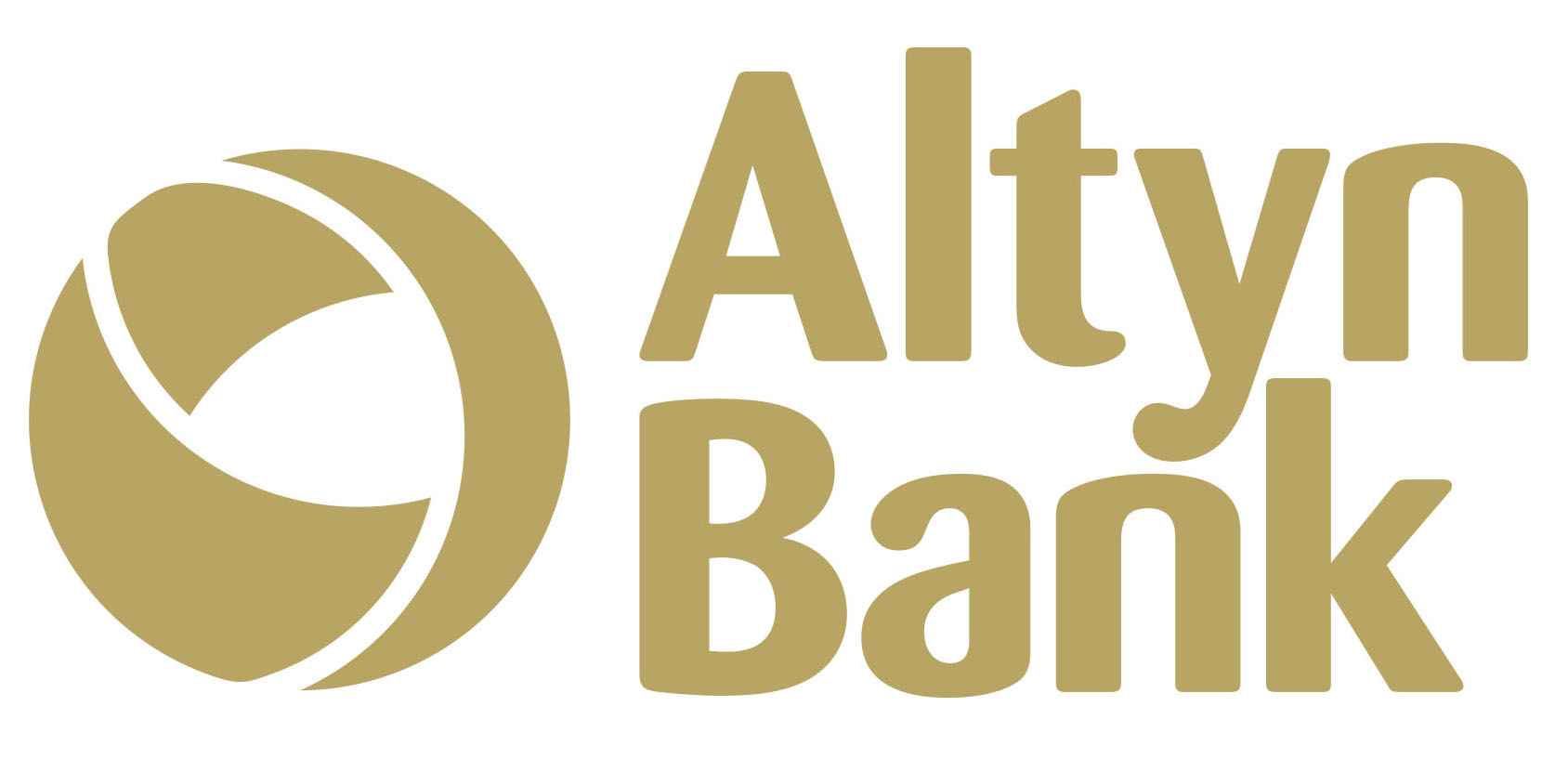PREAMBLE
- Warning! You should be cautious and careful when you use the Internet. Activity of defrauders and hackers is ever growing in the modern digital world. So, to protect yourself and own finances, it is important to be aware of such hazards and learn to recognize potential defrauders.
- Defrauders often employ various tricks and false deals. They can represent themselves as representatives of banks, major companies, state institutions and even your friends and relatives. Their aim is to get your personal data, financial details or access to your accounts.
- Defrauders often employ various tricks and false deals to deceive naive users. They can represent themselves as representatives of banks, major companies, state institutions and even your friends and relatives. Their aim is to get your personal data, financial details or access to your accounts.
CVV IS FOR PURCHASES ONLY!
- CVV (Card Verification Value) codes are to be used for transactions ‘without card provision' to verify that you have a physical card. To protect a CVV code, these recommendations are critical.
- Reliable recipients: Never disclose your CVV code to persons that you do not trust or that do not need it for lawful purposes. This includes a refusal from code disclosure by phone, email or any other communication channel if you are not sure of recipient reliability.
- Secure websites: Prior to enter a CVV code or any other confidential information, make sure that you have visited the legitimate and secure website. Search for safety indicators such as lock sign in the browser address bar or ‘https://’at the beginning of the URL address of the website. Enter your CVV code only on the websites that you trust and are confident in security measures.
- Sufficiency of card number and holder’s name: For most transactions that require your card details, the cardholder number (the long number on the front of the card) and name will suffice. The CVV code is an extra security measure, but is not always needed to credit funds to your account.
- If you follow these recommendations, you will secure your CVV code and minimize the risk of its unauthorized usage. Remember that you should be careful and provide your CVV code only for purchases on reliable and secure platforms.
HOW CAN I DISTINGUISH DEFRAUDERS FROM BANK OFFICIALS?
- Requested private data: Bank officials will never request confidential personal data such as your full name, card validity, CVV code (three-digit code on the reverse side of the card) or SMS codes used to acknowledge purchases. They shall have access to this information, so be careful when any person claiming to be a bank representative requests this data.
- Third-party programs or software: be careful when you are asked to use third-party programs or install a new software to regain access to your accounts. Lawful bank officials will not ask these things.
- Alert references: Avoid reference links in unsolicited messages where you are asked to acknowledge your identity as card holder. As a rule, legal banks do not initiate such messages. Instead, visit the official website of your bank or contact its help desk to check any request.
- Notifications of prizes or competitions: be careful when you receive a message stating that you have won the lottery, competition or polling and when you are asked to click on the link and provide your card details to draw a prize. Usually legal banks do not contact their clients this way to draw a prize. Check the authenticity of these messages before providing private or financial information.
- Be careful when somebody contacts you to notify about suspect transactions with your card or accounts and asks you to cooperate to ensure safety of your funds. Do not provide private or financial information in response to these requests. Instead, contact your bank using official contact details on the website or your card to verify the statement.
- If you face suspect activities or you are not sure of the message received, we strongly recommend to contact your bank representative. Use contact details on the official website or your card. They will be able to give recommendations and assist in determining the message legitimacy.
HOW CAN I DETERMINE IF THE WEBSITE IS SECURE?
- When you visit a website, it is important to assure yourself of its safety and legitimacy. Here are several steps to be taken to understand whether the website is secure:
- Check twice the URL address: carefully read the URL address of the website to make sure that it corresponds to the legitimate website you are going to visit. Defrauders can create URL addresses confusable with lawful ones but which contain minor errors or variations. Pay close attention to spelling, domain extension and any unusual symbols. Be careful if you are redirected to another page without your consent.
- Search for 'https’ in the URL address: The presence of the 'https’ symbol in the URL address indicates that the website uses safe connection to encrypt transmitted data. This is particularly critical when you enter private information such as passwords or payment details. Remember that defrauders can also use false certificates to create the semblance of safety of their websites. So, HTTPS itself is not a reliable indicator of secure website.
- Browser warnings: Browsers often issue warnings about potentially hazardous or unreliable websites. These warnings can include messages about potential safety risks, unverified certificates or known fishing attempts. However, it should be noted that fraudulent websites do not issue these warning immediately. So, be careful and pay attention to other indicators.
- Notwithstanding that these steps can help you to assess the website safety, it is important to realize that they are not reliable. Be careful, trust your intuition and take into account a set of factors before you disclose any personal or financial data or make online transactions.
OneVision is ready to assist in searching persons committing frauds and to support attempts to return stolen money to owners. We do not provide transaction information to third parties and have no access to card details of our clients.
If you find a write-off without your consent, you should take immediate measures to protect own funds. Steps to be taken:
- Contact your bank or financial institution: Contact your bank as soon as possible to notify about an unauthorized transaction. Report transaction details, including date, amount and any available data. They will tell you what to do.
- Close the card for online transactions and request for issuing a new card. Ask your bank to deactivate the current card for online transactions to avoid its further unauthorized use. In addition, ask to issue a new card with another card number and CVV code to secure your account.
- Screenshot or evidence of write-offs: Make a screenshot or collect any other proofs of write-offs from your account. This will help to conduct an investigation.
Bank details:
-
-
-

-

-

-
 Банк Центр кредит: 505 (бесплатно с мобильного)
Банк Центр кредит: 505 (бесплатно с мобильного) -
 Нурбанк: 2552 (бесплатно с мобильного)
Нурбанк: 2552 (бесплатно с мобильного) -
 Jysan Bank: 7711 (бесплатно с мобильного)
Jysan Bank: 7711 (бесплатно с мобильного) -

-

-
 Altyn Bank: +7 (7172) 596‒900
Altyn Bank: +7 (7172) 596‒900 -
 Отбасы банк: 300 (бесплатно с мобильного)
Отбасы банк: 300 (бесплатно с мобильного) -
Исламский Банк Заман-Банк: +7 (7172) 26‒20‒26
-
:fill(white):max_bytes(150000):strip_icc()/Citibank-9afd220fcb634287be1e7568a933b337.jpg) Citibank Kazakhstan: +7 (7172) 55‒76‒00
Citibank Kazakhstan: +7 (7172) 55‒76‒00 -
 Банк Китая в Казахстане: +7 (7172) 906‒906
Банк Китая в Казахстане: +7 (7172) 906‒906 -

-

-

-



